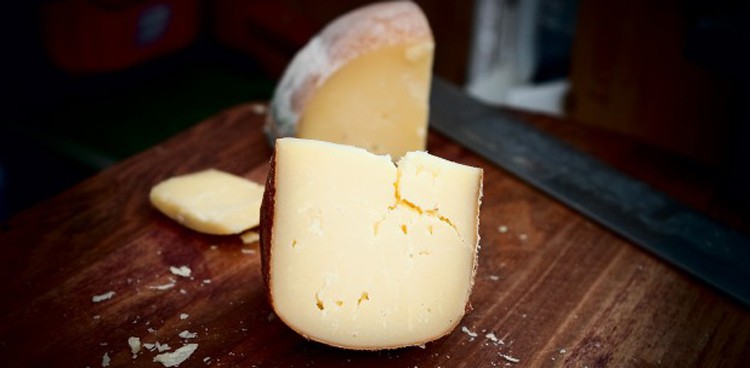
Wondering what’s up with the different colors of cheese, who can eat raw milk cheese, and why some cheeses have random holes in them? This article from Wired has the answers. Need even more answers to curd questions? Consult our past Ask the Cheesemonger columns.
The science behind the transformation from plants to milk to cheese is amazing. In fact, cheese has much in common with wine and beer: They result from fermentation by microorganisms; they are “value-added” products where processing greatly increases the value; and they reflect local climate and terrain. Cheese has fascinated humanity for a long time, inspiring people to refer to it as everything from “the wine of foods” (Vivenne Marquis and Patricia Haskell) to “milk’s leap toward immortality” (Clifton Fadiman)…
Photo by See-ming Lee/Flickr



